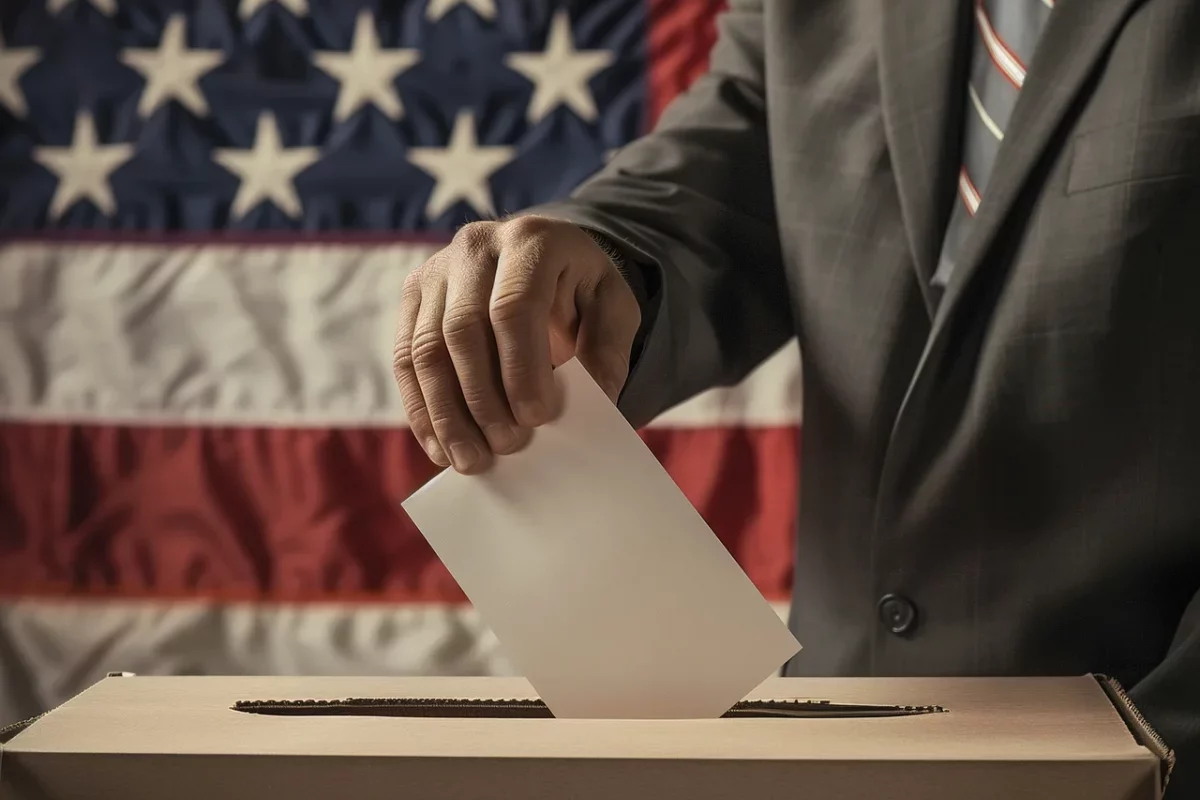All across the United States of America, voters have been heading to the polls to elect their next President, but in this highly contested race with razor-thin margins, it could be days, if not weeks, before the official tally is in.
In times gone by, the winner of a US Presidential Election could often be announced before all votes were counted. In 2024, however, the margins in the race between Vice-President Kamala Harris and former President Donald Trump are so thin that it could be days before media outlets can safely declare the victor.
Is a delay likely?
The two candidates have been neck-and-neck for weeks, with key swing states such as Pennsylvania, Michigan, Arizona, and Georgia consistently showing narrow margins in voter polls. If the race is as close as predicted, it could lead to recounts in these and other highly contested states, which would take additional time.
There are also potential legal challenges. Over 100 pre-election lawsuits have already been filed by the Republican Party on issues such as voter eligibility and voter roll management. More could follow from both camps if the election is close.
Adding to this is the possibility of disruptions at polling stations, led by individuals passionate about their candidate, as well as the very real possibility that Donald Trump might refuse to concede.
Delays are not unprecedented. The 2020 election between Trump and current POTUS Joe Biden was held on 3rd November, but a winner was not formally declared until 7th November. The 2000 election saw George W. Bush and Al Gore waiting on confirmation for over a month after issues in Florida polling stations led to a lengthy recount process.
A complicated electoral system
In many countries, the candidate with the most votes wins. In the United States, however, the President is elected by an electoral college of 538 members, distributed among the states according to their population, rather than by the popular vote. Except in two small states, the candidate who wins the majority of the popular vote in a state receives all of that state’s electoral votes.
This means that a candidate could win the popular vote yet still lose the election if they do not secure a majority of electoral votes. This is where the seven swing states—Arizona, Georgia, Michigan, Nevada, North Carolina, Pennsylvania, and Wisconsin—play a critical role. These states have a combined 93 electoral college votes, and any one of them could determine the next President.
This happened in 2016, when Hillary Clinton won the popular vote by almost three million but lost the election to Trump, who gained more electoral college votes.
Polling stations in the swing states close at different times. In Georgia, the last voters cast ballots at 1am CET on 6th November, in North Carolina a half-hour later, and in Pennsylvania a further half-hour after that at 2am CET. Polls in Michigan, Arizona, and Wisconsin close at 3am CET, with Nevada being the final state in this group to finish.
Another factor adding complexity is the allowance of mail-in ballots to be sent on election day. This rule could delay results for days as ballots sent by post are processed and counted.
In a federal system like the US, the states have significant autonomy, so there is no national overseeing body to enforce uniform procedures. This lack of standardisation can cause delays, as each state follows its own protocols.
To further complicate matters, a tie is possible. If both candidates end up with 269 electoral college votes, the decision goes to Congress. In this scenario, the President would be chosen by the House of Representatives, while the Vice-President would be selected by the Senate. This has not happened in nearly two centuries but is not entirely out of the question.
In any case, the outcome will be finalised before 20th January 2025, when the next leader is officially inaugurated, ensuring a transition of leadership as the country’s 60th President takes office.
Read related:
Monaco vs. the US: Political participation and governance at a glance
Monaco Life is produced by real multi-media journalists writing original content. See more in our free newsletter, follow our Podcasts on Spotify, and check us out on Threads, Facebook, Instagram, LinkedIn and Tik Tok.
Photo generated by AI / Pixabay
